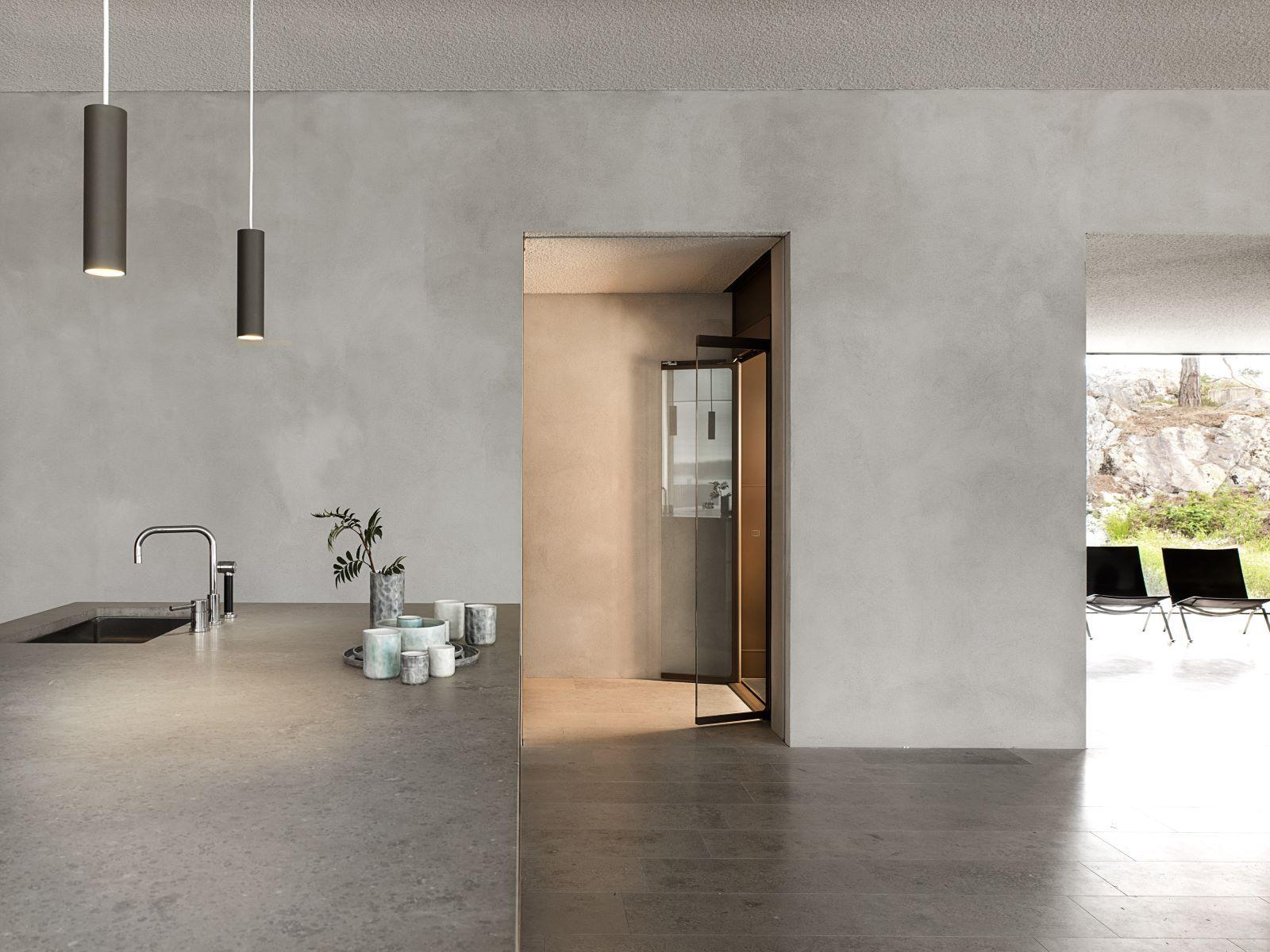As we look at the top trends in sustainable architecture for 2024, we can see a shift taking place. There remains an emphasis on sustainable materials, circular design and energy efficiency, however, this year brings a deepend focus on longevity. Structures are now envisioned and constructed with the goal of standing the test of time, focusing on durability, adaptability, and a commitment to maximizing usage. With a shaftless design and minimal footprint across the range of home lifts and commercial lifts allowing for flexible installation and easy retrofitting, and a commitment to sustainably sourced, recyclable material, Aritco is excited to contribute to the industry’s increased commitment to sustainability and longevity.
Here is a look at the top five trends in sustainable architecture for 2024:







